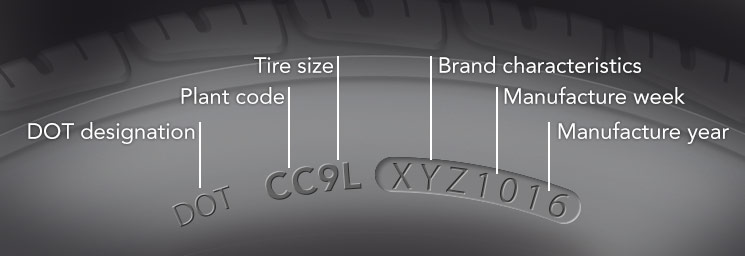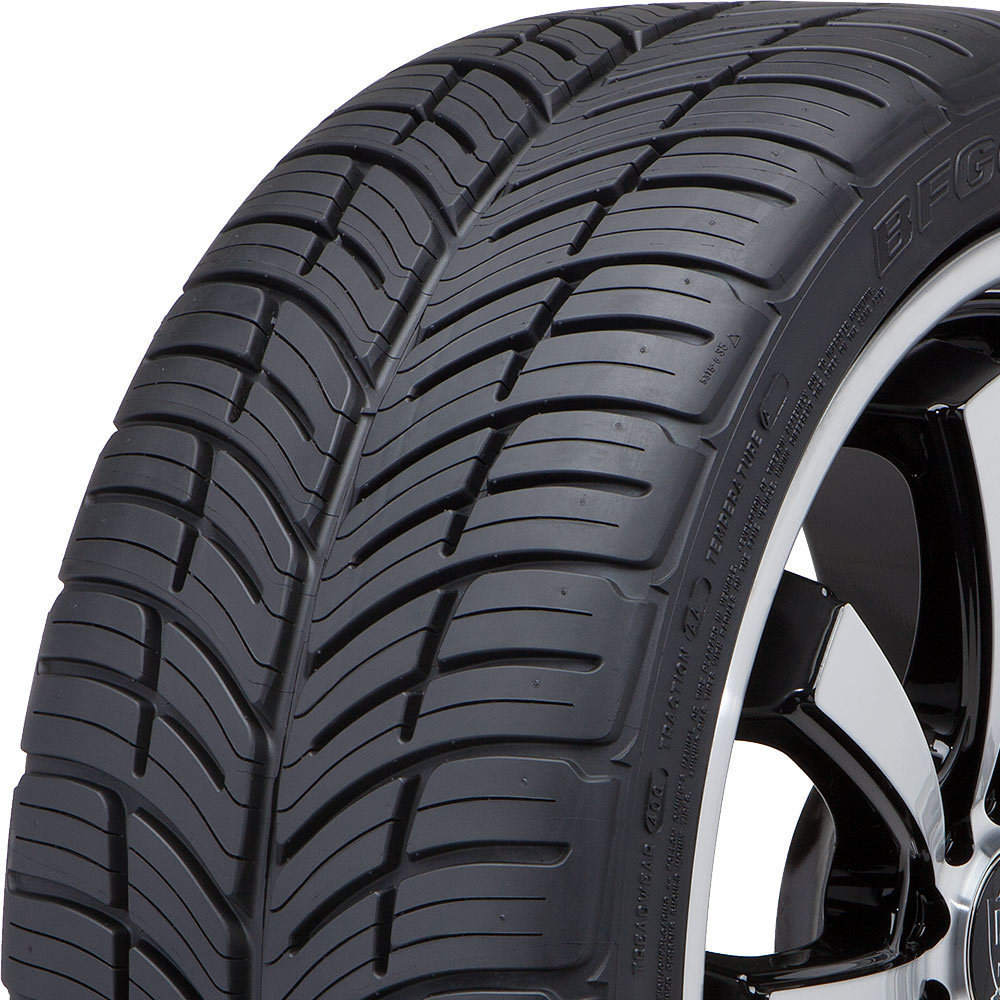Have you ever wondered what age your tires have? If you have ever done this, in this post, we give brief information on this. No matter how strange it sounds, but yes, it is true – like everybody in the world, the tires really have a date of birth. You can ask where you can find it. Here is the answer – you can see it right on the tire itself.

Your tires, how can you know their age?
Almost all of the tire materials are formed into the sidewall. They are coded according to the US federal standards. All of them include such components as the particular week and year in which a tire was made.
To read the exact date on a tire, you have to look at several characters that begin with the letter DOT. You will find it near the edge of the rim. The Transportation Department (DOT) code reveals that the tire has reached any of the US minimum DOT requirements, and they can go for sale.
The DOT code will also give you information about the tire maker and the plant in which it was manufactured. It also includes lot-specific details, which are used for monitoring when a recall takes place.
To know the exact date when your tire was made, you have to look at the DOT code’s last four numbers. For example, we have such a code for the tire – DOT ATE UA40 5200. The first two numbers (52) display the week of the year was taken (from 52 weeks of a year). The second two numbers (00) show the year of the making. So we have, the number 5200 decoded the following way – 52 – the week of production, and 00 means that car was made in the year 2000.
The current DOT coding is very different from that one until the year 2000. If you have a tire that does not fit the code that you can see in our example, it was probably made before 2000. And for your personal safety, we advise you to change it.
How to store tires that they can work for a long time
If you are a driver who changes tires during the season — you substitute the winter tires for the summer tires, and then the same process again— the tires can be stored correctly during the off-season. It helps to shield them from the weather conditions and contributes to slow the process of getting older.
Don’t know how to keep your tires for a long time? Here we offer some pieces of advice that will help you to make the lifespan of your tires longer:
- Brush the tires thoroughly with soap and water. Scrape all grime, dirt, and brake dust that they have. For that, use a special brush for the tires. After you clean the tires, dry them with a towel and let them dry entirely before covering. However, we must admit that not all soap and methods of cleaning are created equal. Avoid cleaning products with petroleum and all tire dressings. These products can be corrosive if your tires will be out of service for a few months or more.
- For providing a long lifespan of tires, we advise you to put each tire into a plastic bag. The key condition is that the plastic bag must be tight to create personal space for each tire and free from air and moisture. This airtight environment will reduce the evaporation of oils from the rubber compounds. If you do not have the plastic bag, there are other best alternatives – the heavy-duty lawn and leaf bags will also work well here. This advice helps to prevent oxygen from reaching the tires, and slow down the oxidation process. And also, it prevents the oils in the rubber from evaporating – which leads to drying and cracking of the tires.
- To maintain the tires’ good condition, the tires must never be stored in the open air, even if they are under a protective covering. We suggest finding a spot. It must be a cool and dry place, moderately ventilated and away from direct sunlight and strong artificial light, as both usually emit UV. A basement or garage, for example, can serve as a good place for tire storage. It is also important that it must be a spot where the temperature and moisture remain consistent throughout the duration. Besides, the experts don’t recommend storing the tires without ozone-producing equipment, which includes electric motors, fluorescent lamps, generators, etc. Excess exposure to ozone can cause cracking when any pressure is applied.
- After you find a spot for storage, it is important to store the tires correctly. We do not suggest keeping the tires raised off the floor, directly on the ground. The best way for its storage is to put them on a piece of clean wood. After that, put them in a row. We recommend that the tires must stand vertically, side-by-side. Do not stack them horizontally on top of each other. This recommendation will help to minimize stress, tension, and future distortion.
When your tire is reinstalled on a car following storage, it is still a smart practice to have a specialist who will check your tire. Besides, for the tires that are installed on the cars in storage, we recommend you take your vehicle for a drive activity every week. This way, you will encourage the flexing of the tires and keeping circulating of the oil in the substances in rubber.
Just like everything in the world, the tires are aging. So the routine maintenance and inspection is the most critical component of tire protection. There is one more piece of advice that we want to give you – before the tires are installed on your vehicle again on another excellent season of driving, it’s a great idea to get them checked by a tire specialist.

Founder at Tiresout. Used to be working as an engineer at Bridgestone Tires Akron Technical Center. The responsibilities included but were not limited to technical computing, indoor & outdoor testing of new tires.
